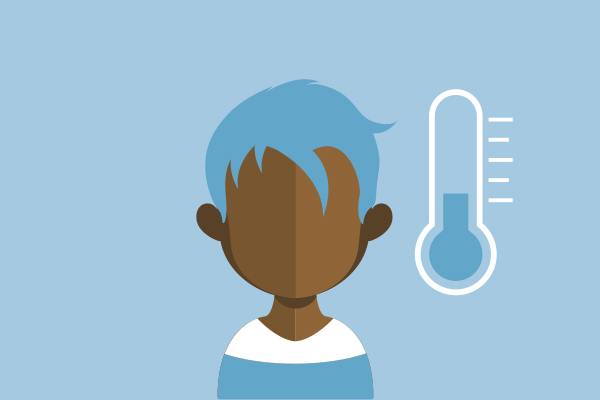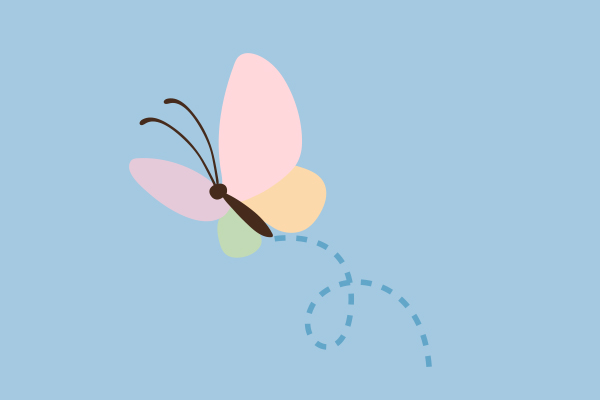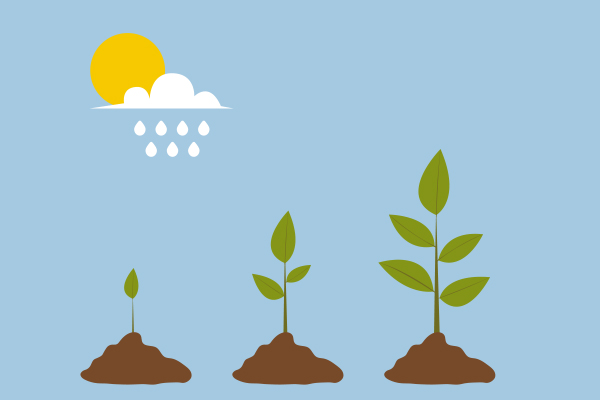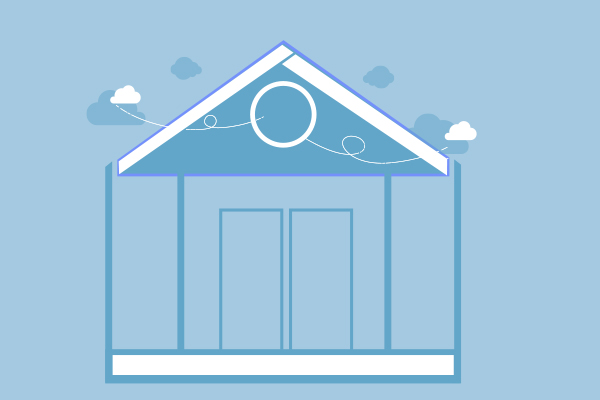The school’s teachers collaborate to explore the circumstances that shape the profile of refugees as members of the educational community.
The teachers to:
- identify the specific characteristics that refugee students acquire due to fleeing their country of origin,
- identify the possible cultural differences between refugee students and native students,
- discover the circumstances of refugee children’s lives as students.
- develop empathy and a common understanding of the personal and learning particularities of refugee students,
- collaborate and negotiate towards a common goal,
- become aware of stereotypical ways of dealing with refugee students,
- defend the right of refugee students to equal learning opportunities.
Steps
- The trainer gives each group the name of a school-age child and invites each member of the group individually to fill in his/her identity details (Worksheet 1). Then invites the group to agree on the identity of the child and to fill in a common identity sheet.
- When the groups are ready, the trainer says that she will tell a refugee story which is most likely to be the story of the person the groups have created. The trainer reads the following text (taken from the Action Aid video). “Before the war, we were very much attached to each other. It was so beautiful where we lived. The nature, the villages, the towns… Then it was all destroyed. We were afraid all the time. For our lives, for the lives of our loved ones. I saw with my own eyes my family members disappear and we decided to leave. We packed up everything we could and put it on our shoulders. I remember leaving and seeing flames behind us. We reached the sea. There were many of us, some from distant villages, others neighbors. We squeezed into a boat. Some were forced to swim. I remember crying, shouting, panic and water, lots of water. We were crossing the Aegean. On the journey we were afraid and hoped together. And then we arrived here, in Lesvos. I remember the relief when we reached land, when the war was behind us”.
- The trainer announces: “Time after time, year after year, this child is a new student in your school. Close your eyes, imagine that you are that child and follow that child with your thoughts for a day: “It’s a weekday morning. I open my eyes, I have to go to school. What do I see around me? What does the place look like? I get up and get ready. What does that involve? I have breakfast. Where? What? With whom? I head for school. How do I get there? What do I do on the way? I get to school on time. What do I tend to do upon arrival, what is the first class like? Break. What do I do? Second period, recess, breaks, and then school is finished. I leave school. Where do I go? How do I get there? Do I have lunch? And then what? Eveningtime. Relaxation, dinner, homework, rest. Where am I? What do I see? How do I feel? Bedtime arrives. Last thoughts: What do I like and what makes my life difficult? Do I have dreams and plans for the future?”
- Brainstorming: What particular difficulties do new students have in our school? What attitudes make it difficult for them to achieve their right to an equal education? (peers, teachers, parents, school system). Record the outcome of the brainstorming session on flipchart paper. Use specific and descriptive, not general, formulations. For instance, not “they are discriminated against”, but “the other kids don’t talk to them at break time”. Draw a line under the results and divide the remaining space into three with vertical lines, or use another flipchart paper: What can we do a. as individuals b. as teachers c. as a school community.
- Feedback to the plenary. The trainer asks questions and the participants discuss:
- Which of these things can be done tomorrow in the school?
- Which of these things needs preparation and organization?
- What are the necessary conditions for such efforts to be effective?
At the end of the session, the trainer reports back: “ActionAid met refugees in Lesvos and asked them to read the story above and guess who this story might belong to. Is it the story of Syrians, Iraqis or Afghans fleeing for their lives? The story may seem contemporary, but it is the story of Maria Leontaridou, who in 1922 lost everything in Smyrna and got on a boat that took her to Lesvos”.
Evaluation
The flipchart sheets completed during the activity provide a topic for discussion and evaluation data for creating inclusion activities at school.
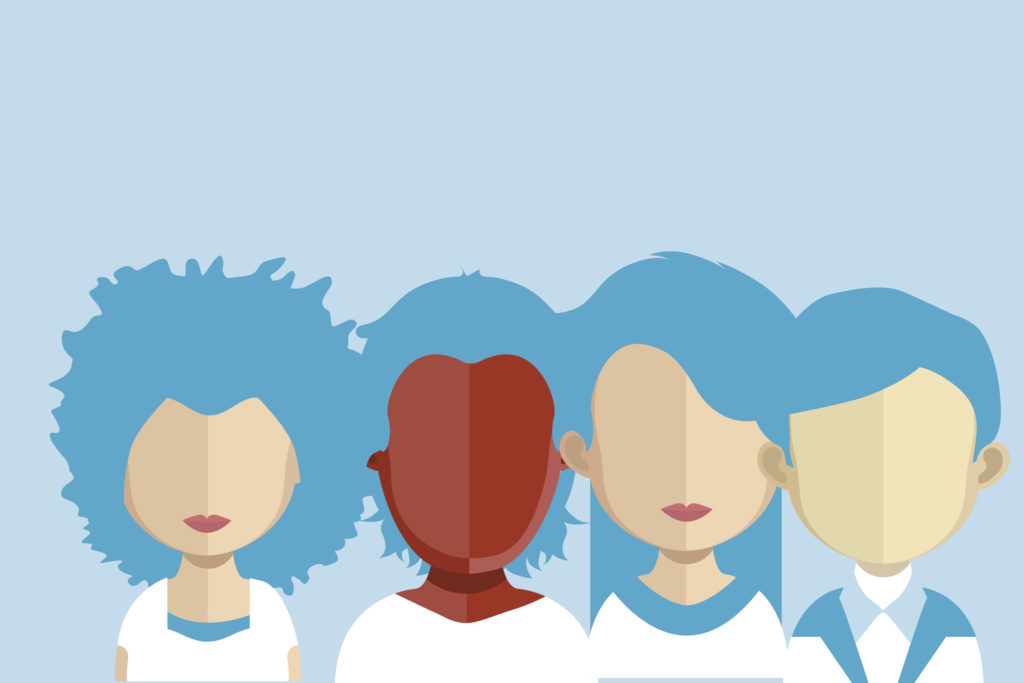
Duration: 90 minutes
Materials:
- Worksheet 1: ID details (attached below)
- flipchart paper
- markers
- paper and pencil for each group member.

